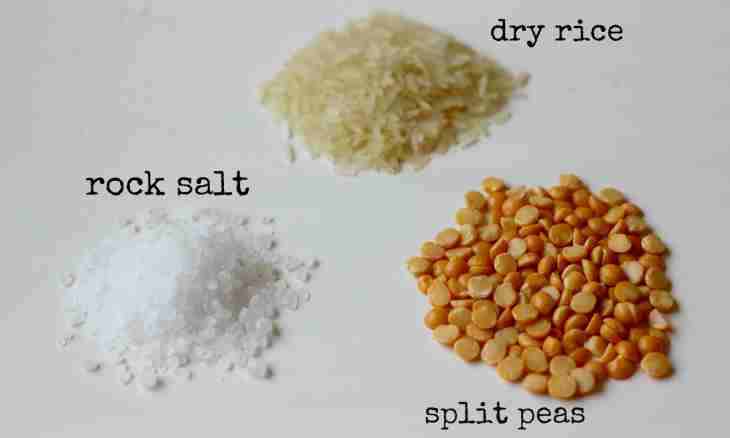Salts are a class of chemical compounds which includes the substances consisting of cations of metal and anions of the acid rest. They are subdivided into average, sour, the main, double, mixed, complex and hydrate.
Instruction
1. Whether it is possible to transfer average salts to sour? How to achieve it? Yes, you may. For this purpose there is very easy way: it is necessary to work on average salt excess of that acid which anion is its part. For example, you have the calcinated soda – a sodium carbonate, its formula looks as follows: Na2CO3. You should receive from it well familiar product - baking soda (that is sodium a hydrocarbonate) NaHCO3.
2. Work on a sodium carbonate excess of carbonic (coal) acid, reaction will look as follows: H2CO3: Na2CO3 + H2CO3 = 2NaHCO3. The sodium hydrocarbonate is as a result formed.
3. Or, for example, you have average salt – potassium phosphate trisubstituted K3PO4, potassium phosphate. How it is possible to receive from it sour phosphate? Work on this salt excess of orthophosphoric H3PO4 acid: 2K3PO4 + H3PO4 = 3K2HPO4. As a result of this reaction you receive sour salt potassium hydrophosphate.
4. If it is desirable for you to receive sourer salt, that is dihydrophosphate of potassium, KH2PO4, then orthophosphoric acid should be taken in bigger surplus. Chemical reaction then will leak according to the following scheme: K3PO4 + 2H3PO4 = 3KH2PO4. Certainly, everything told fully belongs also to any other sour salt.
5. If your task is in transferring sour salts to average salts, then it is necessary to work exactly the opposite. That is to add the corresponding basis formed by that metal which ion is a part of salt to solution of sour salt. For example: NaHCO3 + NaOH = Na2CO3 + H2O.

